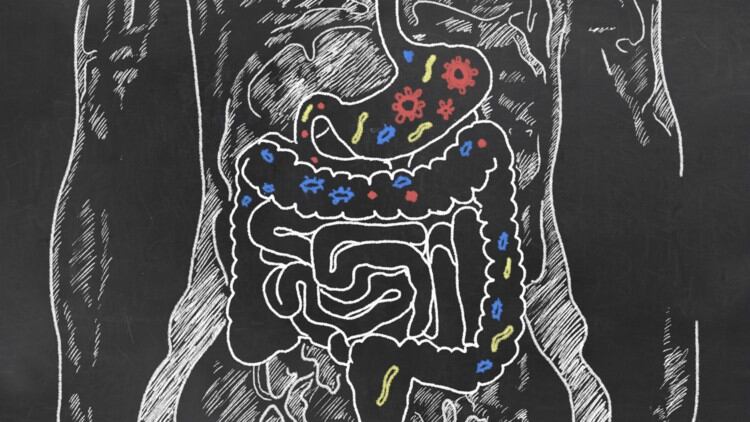Researchers from Cornell University found that people with a high number of copies of a gene called AMY1, which expresses a salivary enzyme for breaking down starch, correlates strongly with a certain profile of gut and mouth bacteria.
Writing in the journal Cell Host & Microbe, the team led by Dr Angela Poole, found that a family of bacteria called Ruminococcaceae flourishes in the intestines when more of the salivary enzyme amylase is available.
Such bacteria are known to break down resistant starch, so it may be digested, something human amylases can't do, said Poole and her colleagues.
Poole and colleagues added that in prehistoric times, and even thereafter, people with more copies of this gene may have benefited when calories were scarce, such as during cold seasons and famines.
"It likely provided additional nutrition from starch," said Poole.
Previous work has linked the gene with glucose response to meals, insulin resistance and body mass index.
Personal approach?
In the study, Poole and her team examined existing genetic and stool sample data from a British population of close to 1,000 participants.
The team were looked for evidence of whether AMY1 gene copy numbers influenced the microbiome. They examined the results from a subset of 100 people from the British population, 50 with a predicted high copy number (top 5%) and 50 with a low copy number (bottom 5%).
"High [AMY1 gene] copy numbers correlated with a certain profile of gut bacteria," Poole said.
The team then determined the number of AMY1 copies in more than 100 people from Ithaca, New York and found a distribution of between two and 30 copies. The team also collected stool data and identified bacteria that associated with high and low AMY1 gene copy numbers.
Indeed, higher copy numbers of the AMY1 correlated with higher levels of Ruminococcaceae in the gut and Porphyromonas bacteria in the mouth.
Twenty-five of the study participants were then placed on a standardized diet for two weeks.
"I wanted to make sure they were eating the same thing, and that they were eating starch," Poole said.
After, the team collected saliva and stool samples and found that, in the gut, the results matched those from the British population study.
According to Poole, the results suggest the need for personalised approach to nutrition in which medical professionals could take a patient's AMY1 gene copy number into account when giving dietary advice.
Source: Cell Host & Microbiome
Volume 25, Issue 4, Pages 553-564, doi: 10.1016/j.chom.2019.03.001
“Human Salivary Amylase Gene Copy Number Impacts Oral and Gut Microbiomes”
Authors: Angela C. Poole, et al

